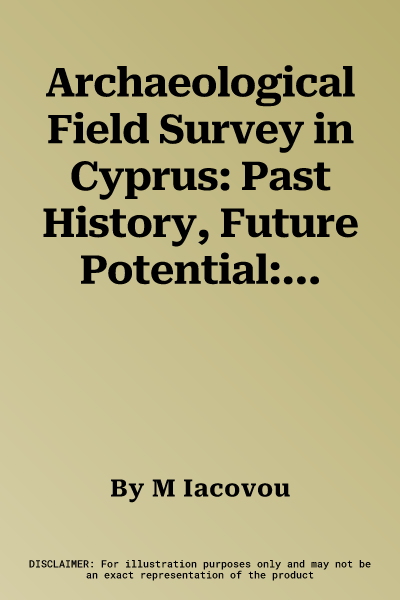M Iacovou
(Author)Archaeological Field Survey in Cyprus: Past History, Future Potential: Proceedings of a Conference Held by the Archaeological Research Unit of the UniHardcover - Revised, 31 December 2004

Qty
1
Turbo
Ships in 2 - 3 days
In Stock
Free Delivery
Cash on Delivery
15 Days
Free Returns
Secure Checkout

Part of Series
British School at Athens Studies
Print Length
208 pages
Language
English
Publisher
British School at Athens
Date Published
31 Dec 2004
ISBN-10
0904887464
ISBN-13
9780904887464
Description
Product Details
Author:
Book Edition:
Revised
Book Format:
Hardcover
Date Published:
31 December 2004
Dimensions:
30.33 x
21.44 x
1.85 cm
ISBN-10:
0904887464
ISBN-13:
9780904887464
Language:
English
Location:
London
Pages:
208
Publisher:
Weight:
272.16 gm